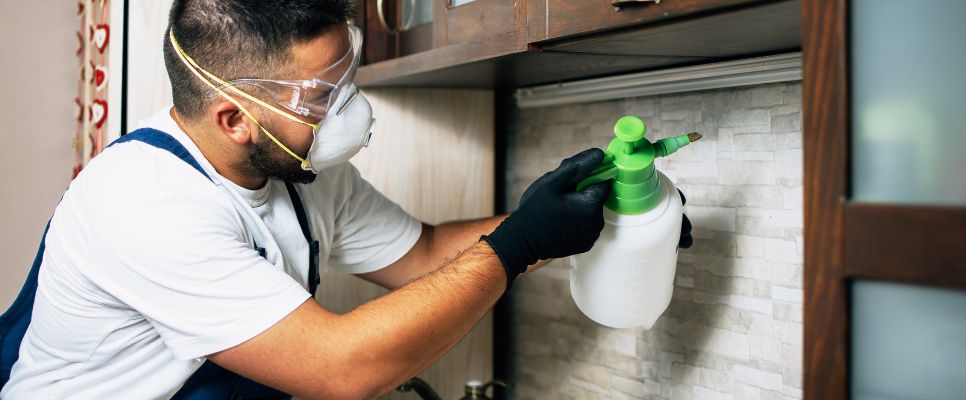Spring is here, bringing fresh blooms, warmer weather, and unfortunately, a higher risk of pest infestations. As the season changes, pests like ants, spiders, cockroaches, and rodents emerge, looking for food and shelter. Incorporating pest-proofing into your spring cleaning routine can save you from unwanted visitors. In this guide, we’ll walk you through simple cleaning tips, preventive measures, and how pest control services can help you maintain a pest-free home.
Why Spring Cleaning Is Essential for Pest-Proofing
Spring cleaning isn’t just about decluttering; it’s your first line of defense against pests. Deep cleaning and organizing remove the things pests love most: food crumbs, water sources, and hiding spots. By combining effective cleaning techniques with pest prevention strategies, you can keep your home fresh and pest-free.
Step-by-Step Spring Cleaning Guide to Pest-Proofing
1. Declutter Your Home
Pests thrive in cluttered spaces, where they can easily hide and build nests.
- Remove unnecessary items from closets, basements, and attics.
- Store belongings in airtight plastic containers rather than cardboard boxes, which attract pests like roaches and silverfish.
2. Deep Clean the Kitchen
The kitchen is a hot spot for pest activity due to its abundance of food and water.
- Clean Appliances: Pull out the refrigerator, stove, and other appliances to clean underneath.
- Wipe Surfaces: Regularly clean countertops, shelves, and cabinets with a non-toxic cleaner.
- Seal Food: Store all food, including pet food, in airtight containers.
- Empty Trash Bins: Clean and disinfect trash cans regularly to eliminate lingering odors.
3. Inspect and Repair Entry Points
Pests often enter your home through small cracks and gaps.
- Seal cracks in walls, floors, and foundations with caulk or weather stripping.
- Install door sweeps to block gaps under doors.
- Repair torn window screens and check for gaps around vents and pipes.
4. Remove Moisture Sources
Standing water attracts pests like mosquitoes, ants, and cockroaches.
- Fix leaky faucets, pipes, and clogged drains.
- Use a dehumidifier in damp areas like basements.
- Empty standing water from plant trays and other containers.
5. Yard Maintenance
Your yard is the first line of defense against pests entering your home.
- Trim bushes and trees that touch your home, as they provide pathways for pests.
- Remove leaf litter, woodpiles, and debris from your yard.
- Keep trash bins tightly sealed and away from the house.
When to Call Professional Pest Control
Even with diligent cleaning and preventive measures, some pests are persistent. If you notice signs of an infestation, professional control can help. Licensed experts will:
- Identify the Problem: Determine the type of pest and its source.
- Provide Targeted Solutions: Use effective treatments tailored to your home’s needs.
- Offer Long-Term Prevention: Recommend strategies to keep pests from returning.
Contact Us for Reliable Pest Control
If pests are making themselves at home despite your spring cleaning efforts, don’t wait for the problem to get worse. Contact us today for same-day pest control service near me. Our experts will inspect your home, eliminate existing pests, and provide tailored solutions to keep them out for good.
Final Thoughts
Spring cleaning is the perfect opportunity to refresh your home and safeguard it against pests. By following these tips and staying proactive, you can enjoy a pest-free home all season long. Remember, professional control services are always here to help if you need extra support.
Start your pest-proofing journey today— contact us and reclaim your home from pests this spring!
Published on: February 16, 2025



